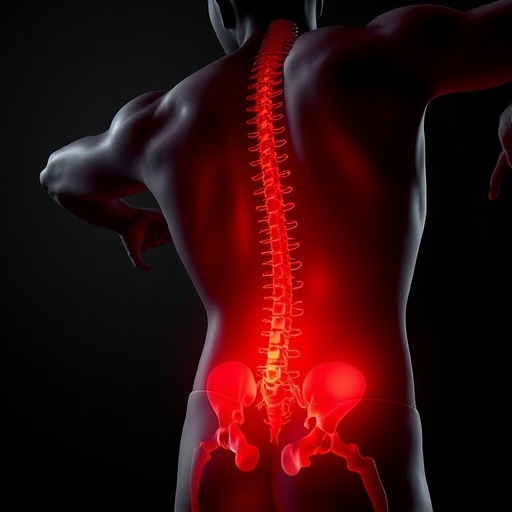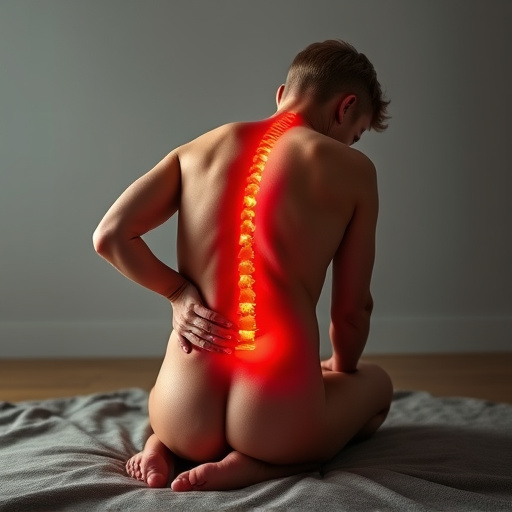Ergonomic injury treatment, a core aspect of workers' compensation, tackles job-related discomforts like neck and back pain caused by repetitive tasks. Employees have access to medical care, rehabilitation, and financial support for qualified expenses, while employers must ensure safety, provide ergonomic aids, and promptly address well-being concerns. Prompt claim reporting, detailed records, and understanding local procedures are crucial. Treatment combines holistic methods: initial RICE, physical therapy, chiropractic care, and workplace adjustments to speed recovery, prevent recurrence, and enhance success under workers' compensation.
Ergonomic injuries, often overlooked, are a common concern in today’s work environment. If you’re suffering from such an injury, understanding your rights and access to treatment is crucial. This article guides you through the process of seeking compensation and effective recovery strategies. We explore how workers’ compensation covers ergonomic injuries, demystify the claims process, and offer insights into successful treatment plans for a swift and complete recovery.
- Understanding Ergonomic Injury Coverage
- Navigating Workers' Comp Claims Process
- Effective Treatment Strategies for Recovery
Understanding Ergonomic Injury Coverage

Ergonomic injury treatment is a critical aspect of workers’ compensation, designed to address issues arising from repetitive or strenuous work activities. This coverage acknowledges that many modern jobs involve prolonged periods of sitting, typing, or lifting, which can lead to various discomforts and injuries, including neck pain relief, sciatica relief, and lower back pain. By recognizing these as occupational hazards, workers’ compensation ensures employees have access to necessary medical care and rehabilitation services without bearing the financial burden themselves.
Understanding ergonomic injury coverage is crucial for both employees and employers. Employees should be aware of their rights to seek treatment for work-related discomforts, which can range from simple adjustments in workstation setup to more extensive therapies aimed at preventing or managing chronic conditions. Employers, on the other hand, need to ensure compliance with workers’ compensation laws by providing a safe work environment, offering ergonomic equipment where necessary, and promptly addressing employee concerns related to their well-being.
Navigating Workers' Comp Claims Process

Navigating Workers’ Comp Claims Process
When an employee sustains an ergonomic injury on the job, understanding and efficiently navigating the workers’ compensation claims process is crucial for receiving proper treatment and financial support. This often involves several steps, including reporting the injury promptly to your employer and healthcare provider. It’s essential to keep detailed records of all medical treatments received, as these will be pivotal in building a strong claim.
The claims process can vary by jurisdiction, but generally, employees need to file an application for workers’ compensation benefits. This is typically done through the insurer or designated agency responsible for administering such claims. Employees may also require specific documentation, such as medical reports and expert opinions, to support their case. Once approved, workers’ compensation provides coverage for qualified medical expenses related to the ergonomic injury treatment, including chiropractic care, shockwave therapy for pain, and other prescribed interventions.
Effective Treatment Strategies for Recovery

Effective treatment strategies for an ergonomic injury focus on a holistic approach to recovery. The primary goal is to reduce pain, improve mobility, and prevent further damage. Initial steps often involve rest, ice, compression, and elevation (RICE), along with over-the-counter pain medications. Physical therapy plays a crucial role in regaining strength and flexibility through tailored exercises designed to target specific muscle groups affected by the ergonomic injury.
Chiropractic care is another valuable option for ergonomic injury treatment, focusing on realigning the spine and improving overall musculoskeletal health. Additionally, maintaining proper posture during daily activities and implementing ergonomic adjustments at work can significantly aid in muscle recovery and prevent recurrence. These strategies combined often lead to a faster and more successful recovery from ergonomic injuries covered under workers’ compensation.
Ergonomic injuries, often overlooked but prevalent in today’s workplace, are thankfully covered under workers’ compensation. By understanding your coverage and navigating the claims process effectively, you can access the right treatments for a successful recovery. Leveraging appropriate medical care and adhering to professional guidance enables employees to return to their roles with enhanced well-being and productivity. Effective ergonomic injury treatment is not just about healing; it’s about fostering a healthier, more sustainable work environment.














